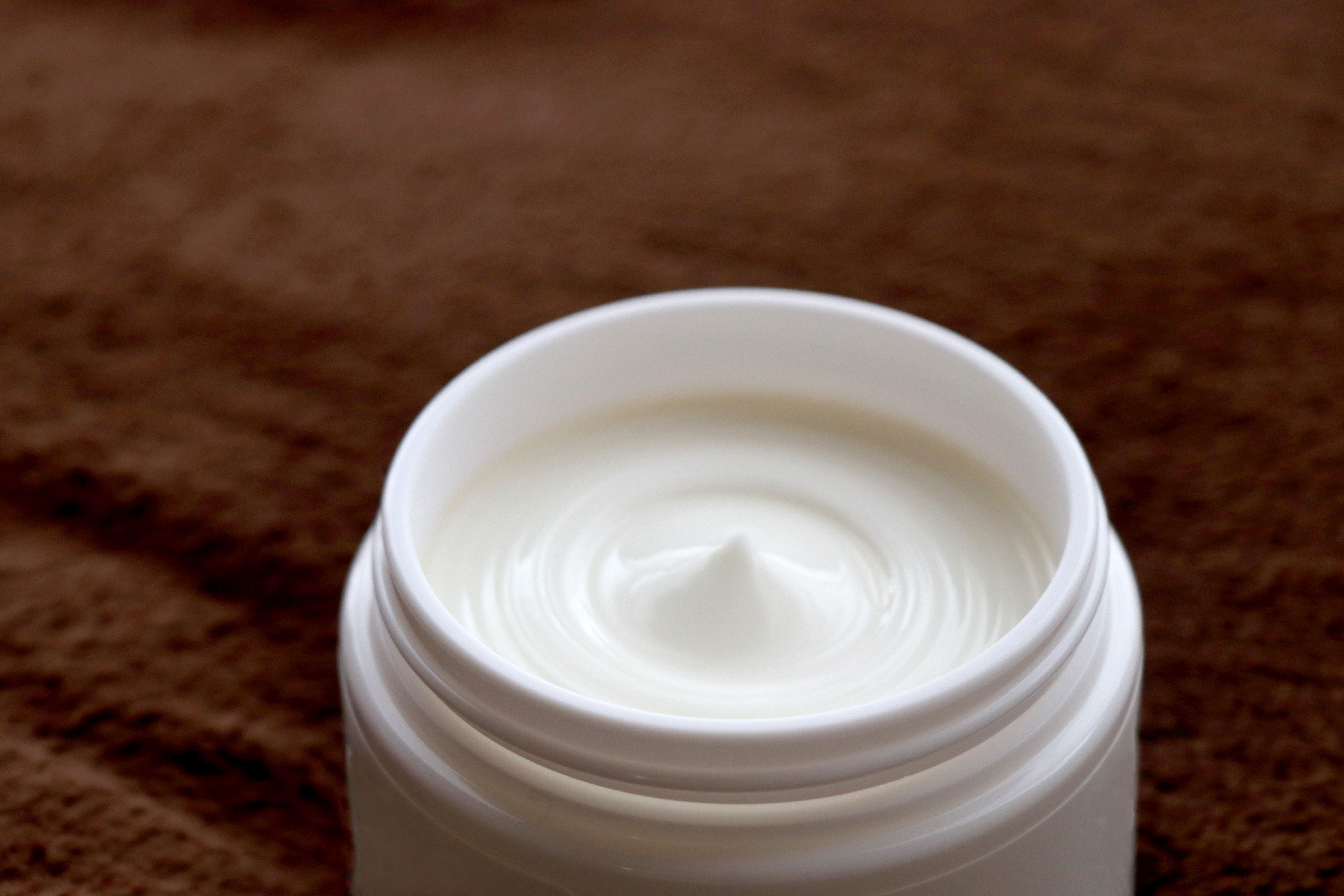- General Dermatology
- Eczema
- Alopecia
- Aesthetics
- Vitiligo
- COVID-19
- Actinic Keratosis
- Precision Medicine and Biologics
- Rare Disease
- Wound Care
- Rosacea
- Psoriasis
- Psoriatic Arthritis
- Atopic Dermatitis
- Melasma
- NP and PA
- Skin Cancer
- Hidradenitis Suppurativa
- Drug Watch
- Pigmentary Disorders
- Acne
- Pediatric Dermatology
- Practice Management
Study Is First to Analyze Content and Influence of Fairness Cream Commercials From South Asia
While 84% of commercials targeted female consumers and 77% utilized celebrity influence, less than half mentioned specific ingredients in skin lightening products.
Topical skin lightening, or "fairness" creams, have gained significantly popularity in sub-continental Asian populations, where fair skin is deemed highly sought after. In this region, these beliefs have become engrained in the culture, with previous historical ties to social status and wealth.1
Despite their popularity and market demand, skin lightening agents may be associated with negative effects on the skin. Furthermore, they have been associated with a predisposition to infections and endocrinologic concerns.2
In the first known study to analyze the content and influence of fairness cream commercials from South Asia, researchers Razi et al found that the vast majority of fairness commercials targeted female consumers and capitalized on the use of celebrities in their advertisement. However, less than half of commercials employed transparency by mentioning specific ingredients in the products.3
Researchers cited the above information as a primary concern for conducting the study, with the hopes of exploring the potential implications of these commercials on consumers, their buying habits, and importantly, their health.
The study was presented as a poster at the 2024 Skin of Color Society Scientific Symposium ahead of the American Academy of Dermatology Annual Meeting in San Diego, California, in March.
Background and Methods
Researchers utilized 2 distinct search strategies in an effort to analyze fairness cream commercials appearing on YouTube between April and May 2023 in sub-continental Asian countries such as Bangladesh, India, Nepal, Pakistan, and Sri Lanka. Both search strategies employed the use of incognito mode in an effort to reduce potential bias.
The first of the strategies involved a search of key terminology including, "fairness cream," "lightening cream," and "whitening cream" on the YouTube search tab. These key terms were followed by each of the names of the respective countries listed above.
The second strategy used a similar tactic, though it first began with a preliminary Google search to determine the most highly sought after fairness cream in each sub-continental Asian country.
Included in the review were any television commercials located on YouTube that promoted readily-available fairness creams. Relevant information was gathered from each of the commercials, including use of specific keywords, country of origin, visibility (number of views), target demographic, mention of specific ingredients, and more.
Findings
The review identified a total of 189 fairness cream commercials. After the removal of duplicate iterations and others that did not meet intended criteria, the review yielded 152 commercials. Of these, the commercials included 68 from India, 46 from Pakistan, 21 from Bangladesh, 7 from Nepal, and 4 from Sri Lanka.
In total, 84.21% (n=128) commercials were aimed toward female consumers, while 15.79% (n=24) targeted male consumers.
Celebrity endorsement was utilized heavily among the commercials, with 77.63% (n=118) including celebrities. Despite this, a mere 3.29% (n=5) of commercials involved both celebrating and clinicians.
Concerningly, less than half (47.37%) of commercials made mention of specific ingredients included in the products. This became alarming when researchers broke down the ingredients that were advertised in commercials that stated ingredients outright, which included bleach, herbs, peptides, and rose serum--with none advertising the use of corticosteroids or hydroquinone as ingredients.
Of all commercials (n=152), only 6 touched on the potential harms of fairness creams.
Adding to concern was the increase in commercials in recent years, with commercial upload quantity peaking in 2021.
Conclusions
Given that this is the first known study to explore this subject, researchers believe these findings provide important insights into the primary influences leading consumers to purchase and utilize fairness creams.
The findings are also indicative of the widespread of and demand for skin lightening creams in South Asian countries Bangladesh, India, Nepal, Pakistan, and Sri Lanka. The commercials also primarily targeted female consumers, contributing to popular media stigmatization.
"This aligns with the cultural emphasis on fair skin as a desirable trait for women, which further perpetuates the beauty standards associated with fair skin," according to Razi et al.
Moving forward, they noted that the content and influence of these commercials may also have far-reaching effects, extending outside of sub-continental Asian countries, with the power to influence adults, children, and individuals in Africa with skin of color, where the media also plays a role in cultivating the market and demand for skin lightening products.
"Dermatologists play a vital role in guiding and counseling patients who desire fair skin," wrote Razi et al. "By promoting a holistic approach to skincare, emphasizing the importance of self-acceptance and self-care, and educating patients about the risks and adverse effects of fairness products, dermatologists can help individuals achieve and maintain healthy, radiant skin while challenging societal beauty standards."
References
- Jagadeesan S, Kaliyadan F, Ashique KT, Karunakaran A. Bleaching and skin-lightening practice among female students in South India: A cross-sectional survey. J Cosmet Dermatol. 2021;20(4):1176-1181. doi:10.1111/jocd.13689
- Gopinath H, Manjula B, Karthikeyan K. Fragrance, sunscreens, botanicals, and potential allergens in bestseller 'fairness' creams in the Indian market: A consumer exposure study. Indian J Dermatol. 2021;66(3):279-283. doi:10.4103/ijd.IJD_500_19
- Razi S, Tan IJ, Pathak GN, Rao B. A cross-sectional analysis of fairness cream commercials from South Asia. Poster presented at: 20th Annual Skin of Color Society Scientific Symposium; March 7, 2024; San Diego, California.

